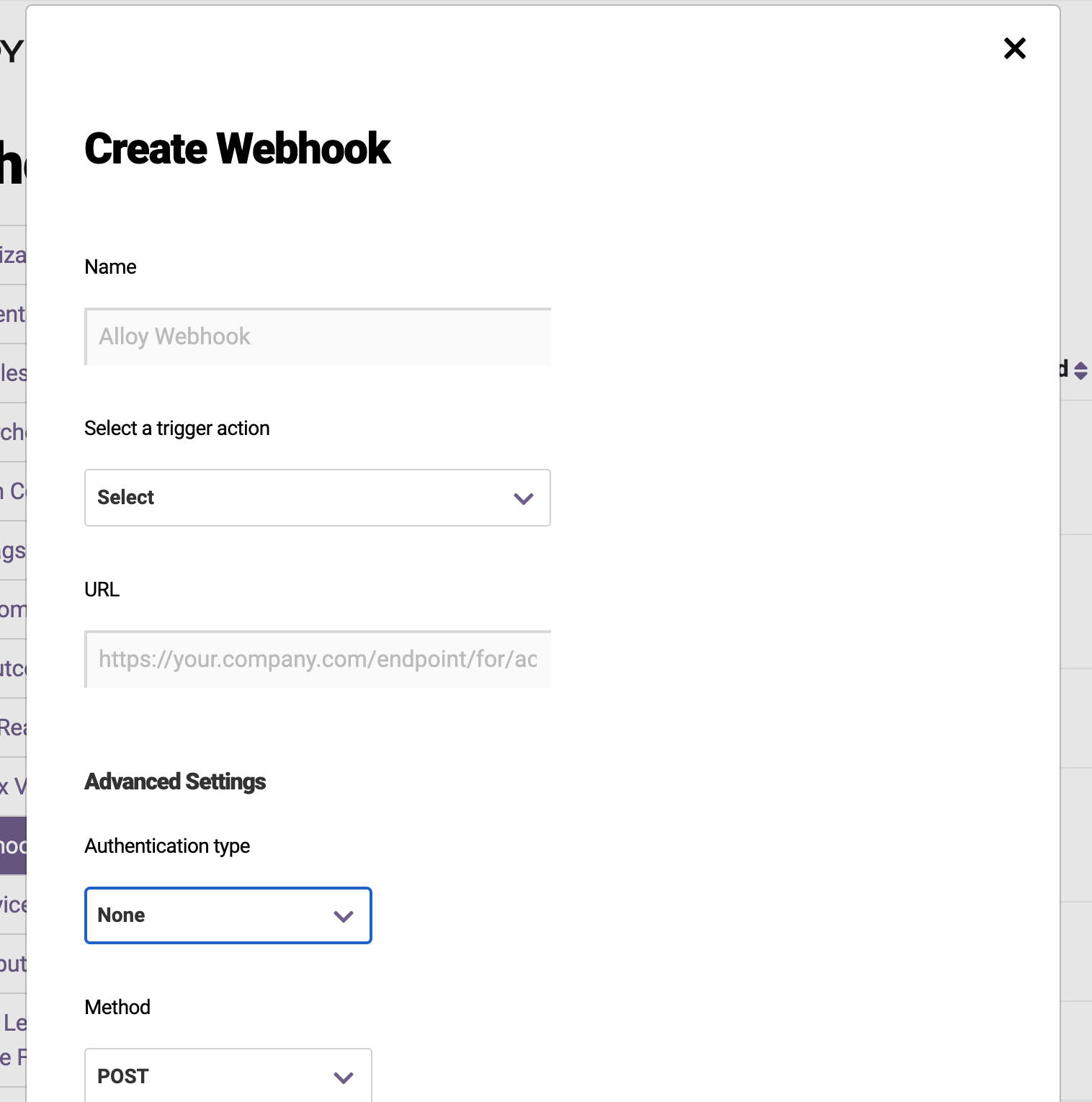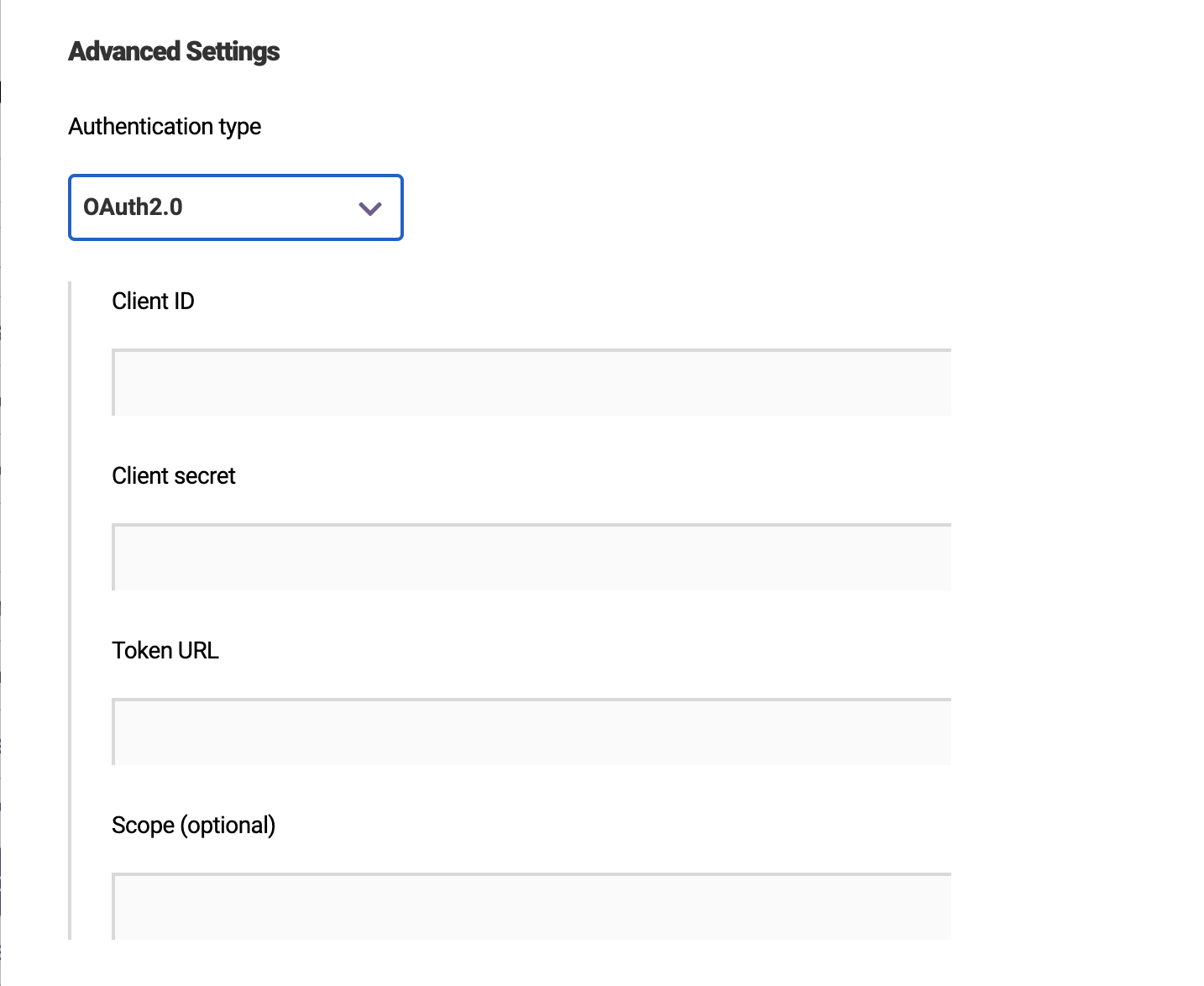New API allows easy import of final outcome data
New API makes it easy for clients to import “final outcome data” or “client feedback data”. This is data that identifies whether customers are fraudulent or not. This goes beyond approve/deny decisions and looks at a customer’s behavior over time. Alloy clients who import this data can gain additional insights into fraud behaviors of their customers and how to prevent future fraud.
With the release of this new API, we encourage clients to send us final outcome data on a regular cadence. Please reach out to your CSM or [email protected] to get started. Also, please reference our API documentation or client support documentation.


